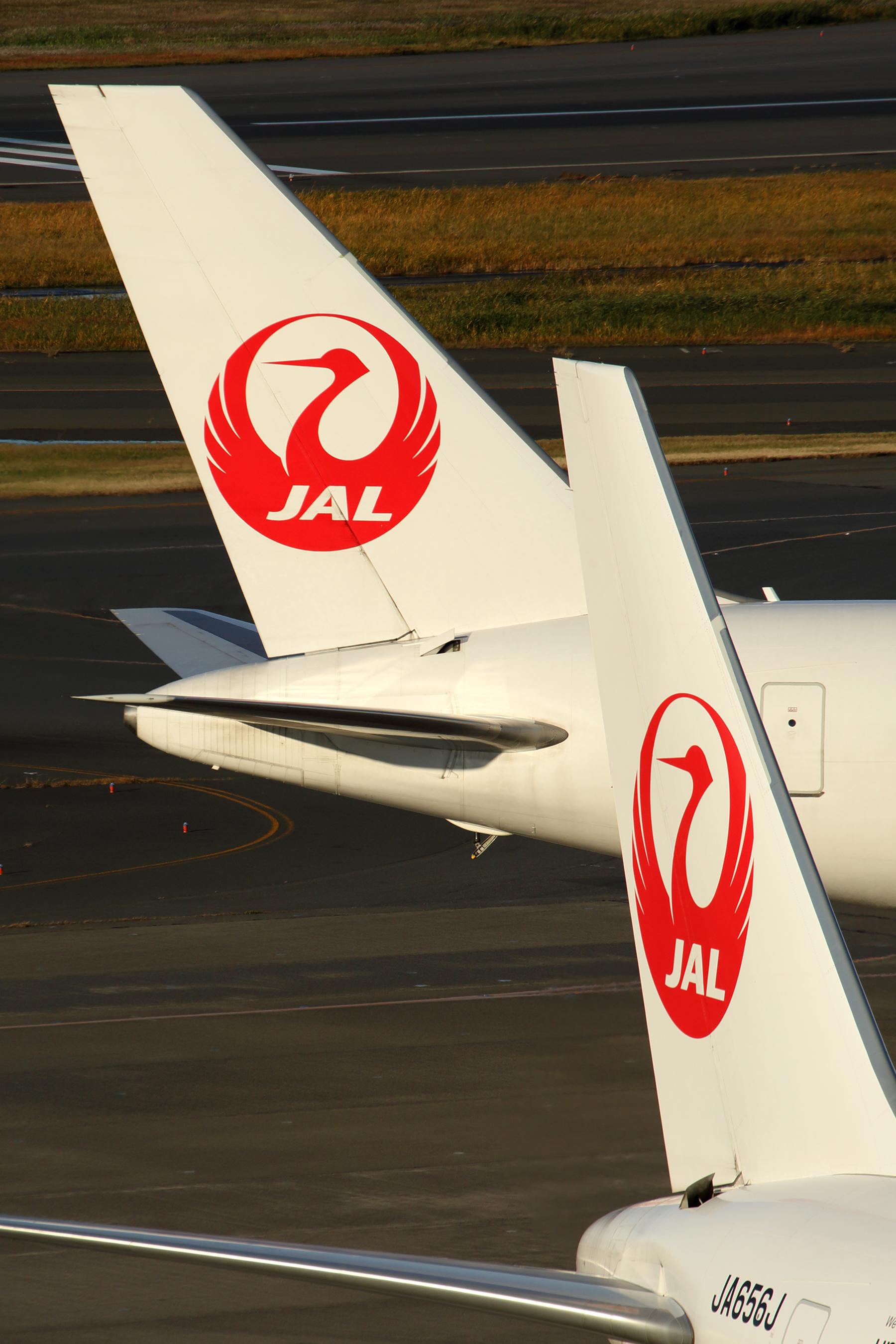
Credit: Rob Finlayson
ISTANBUL—Japan Airlines (JAL) is studying its options for the eventual replacement of its Boeing 767 fleet and the remainder of its 737s. The carrier is undertaking feasibility studies on what aircraft it would need for these replacement needs, said Ross Leggett, JAL managing executive officer and...
Subscription Required
This content requires a subscription to one of the Aviation Week Intelligence Network (AWIN) bundles.
Schedule a demo today to find out how you can access this content and similar content related to your area of the global aviation industry.
Already an AWIN subscriber? Login
Did you know? Aviation Week has won top honors multiple times in the Jesse H. Neal National Business Journalism Awards, the business-to-business media equivalent of the Pulitzer Prizes.





